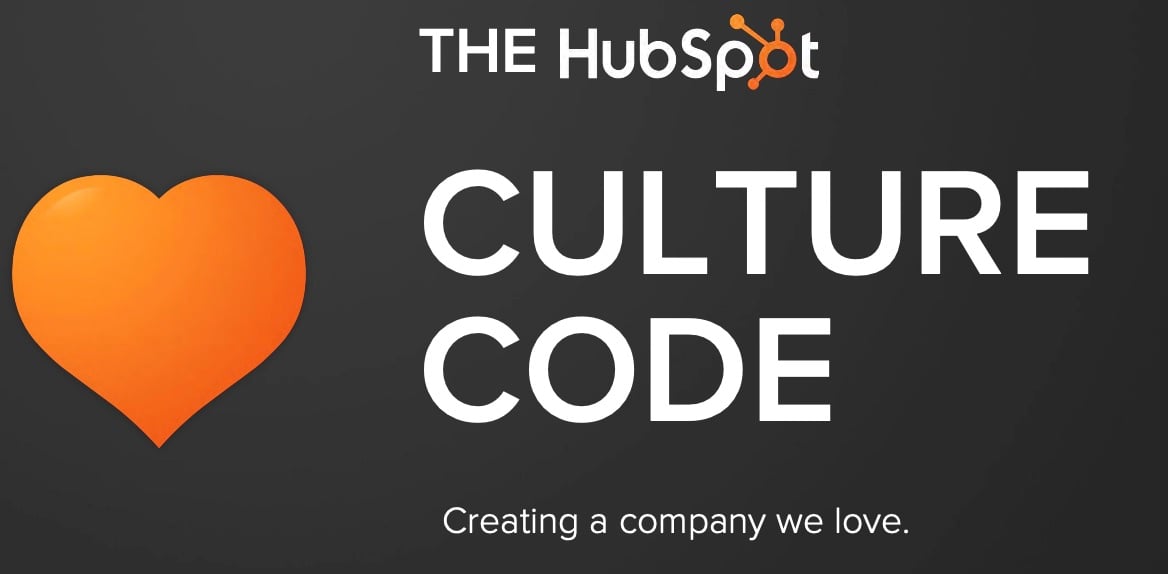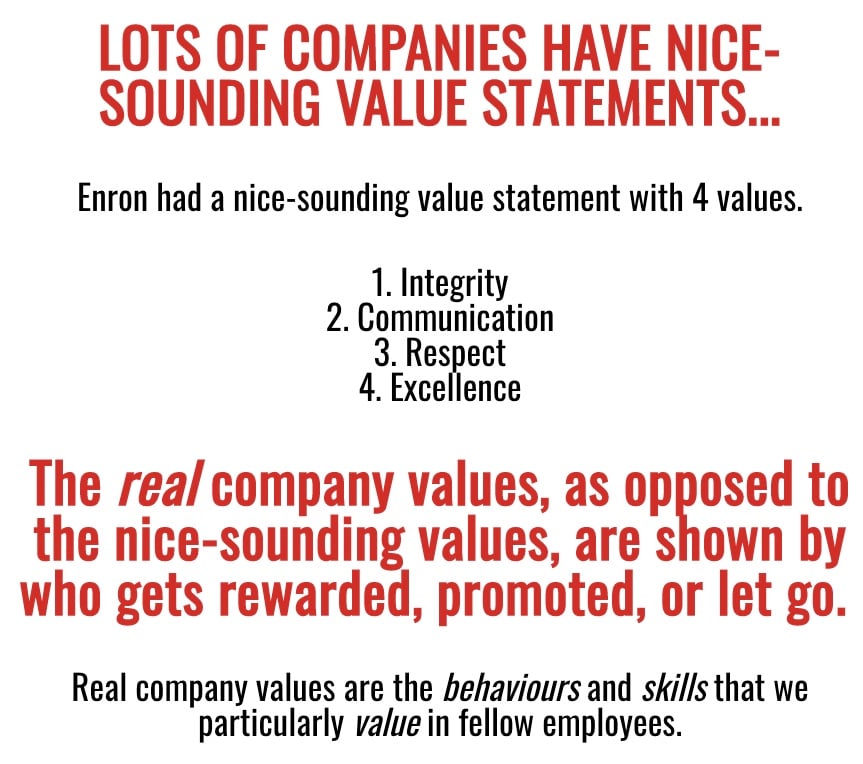How to Create an Employee Handbook for Your Small Business
Wouldn't it be amazing if your new hires quickly learned how to navigate their devices and workspaces? What if they could painlessly adopt the essential manners needed to get along with other employees without offending anyone by mistake? Could all this happen without another colleague showing them around? Yes, it is possible, thanks to employee handbooks.
The moment you’ve created an employee handbook, you’ve won peace of mind because now there’s a tool that sums up all your company’s procedures according to its mission. Today we’ll explore how to create an employee handbook so that those who should read it do so without feeling bored or forced.
Why Do You Need an Employee Handbook?
An employee handbook makes sure everyone is on the same page with all the procedures executed within a company. Preparing an employee handbook packs all the rules, expectations, and cultural norms that ought to be followed in a comprehensive manual. It includes necessary information from the HR department to inform the staff about discriminatory or harassment practices, as well as their consequences. Actually, there are four main circumstances that make this document important.
1. When You Need to Define Procedures and Policies
The proper path to establishing the policies and procedures followed by your staff starts by documenting these processes meticulously and outlining them step by step. This makes it easier for managers, who now have a practical document they can refer employees to during onboarding or when they breach the rules.
2. When Equality Is Not an Empty Promise Heard Only from PR
The documentation of policies is an important step that helps in establishing equality and inclusiveness. To reassure your employees that you’re seriously involved in creating a welcoming culture for all genders and beliefs, sections of your employee handbook should be dedicated to this matter.
3. When You Want to Create a Smooth Onboarding Experience
Onboarding sets the tone of work for new employees. As with anything else, if we provide a manual, the process becomes a lot easier. Not only will the new staff get accustomed faster and easier to the workspace and its rules, but it also achieves this without interrupting other employees' productivity and their workflow.
4. When You Foresee the Possibility of Legal Disputes
Legally speaking, there will always be challenges for employers who are concerned with building a company of culture and value. The larger the company, the higher the possibility of hiring employees who don’t match the work environment and culture and will want to leave and complain. A signed employee handbook that presents all the rules they pretend didn’t exist within the company or that they didn’t consent to will help you prove that you proceeded with their full compliance.
After having clarified the purpose of an employee handbook, let’s discuss a more thorough understanding of what it should include.
What to Include in an Employee Handbook
The way you structure your employee handbook shouldn’t be messy, long, or overwhelming but easy to read and brief. As long as you include the employee’s obligations, along with the company’s mission, benefits, policies, and values, it doesn’t have to be extended further for the sake of it. Here are some essential sections you should include:
Table of Contents
Since the employee handbook is expected to be long, it makes sense to start by including a table of contents. Not only does this make it easier for employees to navigate the manual and find the sections they need the most, but it also increases their chances of reading it. Also, consider providing a digital version of the handbook where employees can navigate sectors just by clicking on hyperlinks in the table of contents.
Welcome and History
 Image Source: Service Direct Employee Handbook
Image Source: Service Direct Employee Handbook
The beginning of your handbook doesn’t have to be well-detailed and highly descriptive. Try to make this section dynamic and enjoyable for the readers so they will want to continue reading. To achieve this, you can include infographics, timelines, videos, etc. This content should center around the significance of your employees, the workplace culture, and the positive aspects of working in your company. Make them feel like they’re reading comics.
Onboarding, Orientation, and Training
The main use of an employee handbook is to welcome, orientate, and train new staff. It’s expected to include detailed information about the work processes, breaks, dress code, etc. Besides safety rules, other sectors might include information on training and how sessions are conducted and finished.
Policies for New Employees
These policies range from the values exhibited by the company and staff to the causes supported by the company and its NDA rules.
- Values. Upon what principles does the company run? These include aspects like authenticity, diversity, and teamwork.
- Documentations. Policies regarding employee leave, compensation, safety, remote work, travel, education, confidentiality, and performance should be clearly described.
- Hierarchies. Companies have hierarchies of employees for each sector, classified according to role, responsibility, and pay. These should be well-stated so every new employee knows their exact responsibilities.
- Mission statement. When a business solves a problem, it goes beyond simply making money. It contributes to society and makes up its mission statement, the big goal with which the business operates.
- Company culture outline. In these policies, an overall description of the company culture, ethics, and norms to be respected by employees should be laid out.
- Document collection process. The handbook should include a clear description of the forms, documents, and paperwork required upon hire.
- Non-disclosure agreement. It’s one of the essential documents every employee must read and sign before starting to work; otherwise, your employees might harm your company by going public with its assets.
HR Policies and Employee Satisfaction
The HR team is responsible for the well-being of employees inside the workplace, and this makes HR policies among the most important ones since they’re directly related to employee satisfaction. A core trait of these policies is that they provide benefits to all levels of employees while sticking to your company’s mission statement and values.
Technology and Communication Policies
Almost every business uses some kind of technological system to their benefit, and it’s normal for companies to have a clear overview of these technologies, security, and usability measures. The employee handbook should clearly depict these processes, including:
- What types of communication happen on Slack, Teams, or other messenger apps versus in meetings or over email.
- How to set up your calendar and inbox when you are on vacation.
- Mandatory procedures from the IT department, like monthly software or password updates. Enterprise password managers can help streamline these processes by securely managing the various credentials employees use across multiple platforms.
What to do in the event of a phone or email phishing incident
Compensation
Payroll might be the first thing employees want to acquaint themselves with, and that’s why your compensation policies should be stated clearly. Since this is the main source of complaints, you’ll save yourself legal issues and hiring costs. Make sure to specify the payment structures, bonuses, reimbursements for business trips, etc.
Benefits
Further benefits the company provides besides cash compensation should also be clearly outlined. These may come in the form of health insurance, dental reimbursements, maternity and paternity leave, discount programs, and others.
Exit Procedures
The employee handbook should also include one of the most important aspects of an employee hiring into the company: exiting. Some employees will want to know prior what the rules are for leaving your company in case they find other beneficial opportunities. That’s why your handbook should include the policies that follow, such as:
- Notice of departure
- Exit interviews
- Health benefits upon leaving
- Retirement savings
- Final paycheck
Combustive Issues
The handbook should also cover the extreme cases that seem unusual and are often neglected by HR due to their nature. These are combustive issues, such as the use of marijuana in cases where it’s legalized, employee dating, complaints, etc.
Now that we have a general overview of what needs to be included in the employee handbook, let’s go further into the process of creating one for your company.
How to Create an Employee Handbook
Brevity and simplicity are the core points your handbook should revolve around. Research shows that 43% of millennials don’t read their companies’ employee handbooks, and their structure is part of the reasons why. Here are some tips to produce handbooks that will actually be read by your employees.
1. Keep It Concise and to the Point
The handbook must be written in a language understandable by all employees. There’s no need for extra information when it’s not essential to the points described. The employee handbook should cover the essential points with brevity and be as short as possible. To achieve this, consider working with an editor and using tools like Grammarly and Hemingway to proofread for grammatical mistakes and simplify your sentences.
2. Use an Attractive Format and Style
In the examples of the best employee handbooks we’ll see below, the format is distinctly different from what’s expected. Netflix and HubSpot include large branded text with interactive backgrounds. Facebook uses capital letters across its handbook in a minimalistic design that’s easy to read.
3. Acknowledge Receipt of the Handbook
We tend to ignore doing things when we’re not incentivized, be it a monetary gain or legal requirement. That’s why requesting your employees send a receipt for their awareness of the handbook will motivate them to read it. This receipt can be delivered either via email or in a printed format, whichever feels easier for you to keep track of.
4. Introduce Innovative Ways to Get Employees Reading
The traditional method of reading handbooks on black and white paper is no longer relevant. You have to employ methods that are fun and less tedious. After applying all the advice about brevity and formatting, organize games, tests, or quizzes involving the handbook information. This way employees will be encouraged to read it in order to win these contests.
5. Train Your Managers
Managers are responsible for organizing, training, and supervising teams. This puts them in a respected position where what they say matters. If they encourage employees to read the employee handbook, it’s more likely they’ll do so.
6. Utilize Helpful Tools
Since traditional formats and even PDF versions are becoming obsolete, companies are now transitioning their handbooks to software. These tools make the job of the HR staff much easier when it comes to distributing, updating, and tracking the handbook's use. Here are three of the best tools that are gaining popularity, particularly for this function.
- Blissbook. This software service aids in creating, designing, and distributing employee handbooks for all formats and devices. It also offers options to increase employee engagement, like e-signatures, reminders, a way to easily communicate changes with employees, and robust reporting for HR teams.
- Slite. This tool helps you not only distribute your employee handbook and encourage your staff to read it, but it also gives employees the option to make changes and suggestions. Designing it is pretty easy with the provided templates and importing functionalities.
- Handbooks.io. For small to medium companies without a dedicated HR team that can spend time creating and managing employee manual distribution, this is the ideal solution. Creating and updating your handbook becomes easy with this tool.
7. Outline Work Meaningfulness and Organization Values
Every employee values their work by different principles. David Rock, an author and the CEO of the NeuroLeadership Institute, explains how people find meaning in work. According to him, people associate work with one of these domains:
- Status
- Certainty
- Autonomy
- Relatedness
- Fairness (or SCARF)
Your employee handbook should touch on these domains and how employees can give meaning to the work they are expected to complete. Speak about the approach your company takes towards respecting the mental health of its staff, training, sabbaticals, and mentorship programs designed to help them grow professionally.
With an overview of the best practices to produce an engaging employee handbook that’s likely to be read by your staff, we’ve equipped you with everything you need to know. But before starting, it’s worth viewing some examples from well-known brands that know what they’re doing.
Some Good Employee Handbook Examples
These four employee handbooks include most of the features we mentioned above. They’re designed in simple layouts and include imagery that makes them enjoyable and useful. Let’s have a closer look at each of them.
Hubspot
The software company has kept a reputable spot in the marketing industry for many years, and all the traits they preach in their company, such as transparency and adaptability, are found in their employee handbook as well. This is indicated clearly by the fact that you can find their employee handbook uploaded on SlideShare for everyone to access.
Netflix
Netflix’s employee handbook is also another great example. Uploaded in a branded format, it’s beautifully structured and easily read. It’s not long or cluttered with unnecessary industry rants, but it specifies actionable points that align with the company’s values.
Conclusion
The process of outlining, designing, and distributing an employee handbook might seem tedious and unnecessary since the data shows that most employees don’t read their company’s employee manual anyway. However, it all comes down to how you build this invaluable asset.
Remember that it’s a product that entirely reflects your company’s values with honesty and practicality. At last, even if it doesn’t receive as much attention as you expect from your employees, it remains a strong and useful legal tool to avoid and handle employee complaints.








